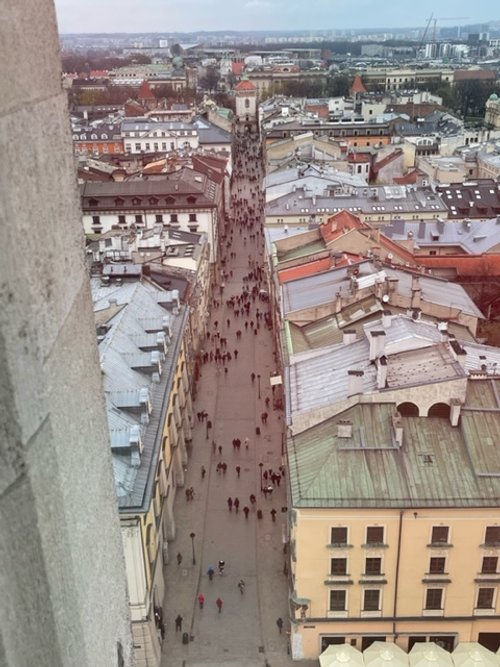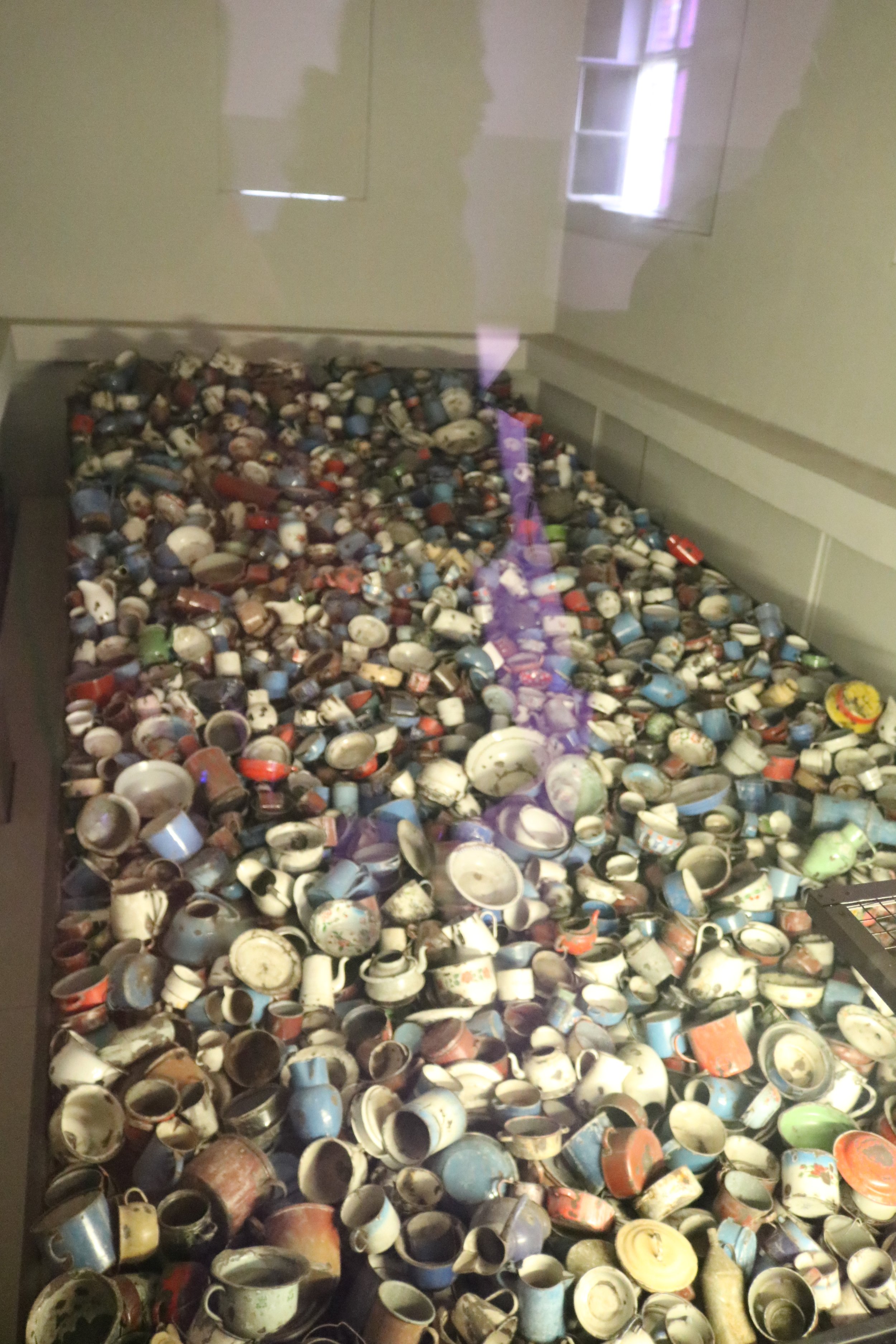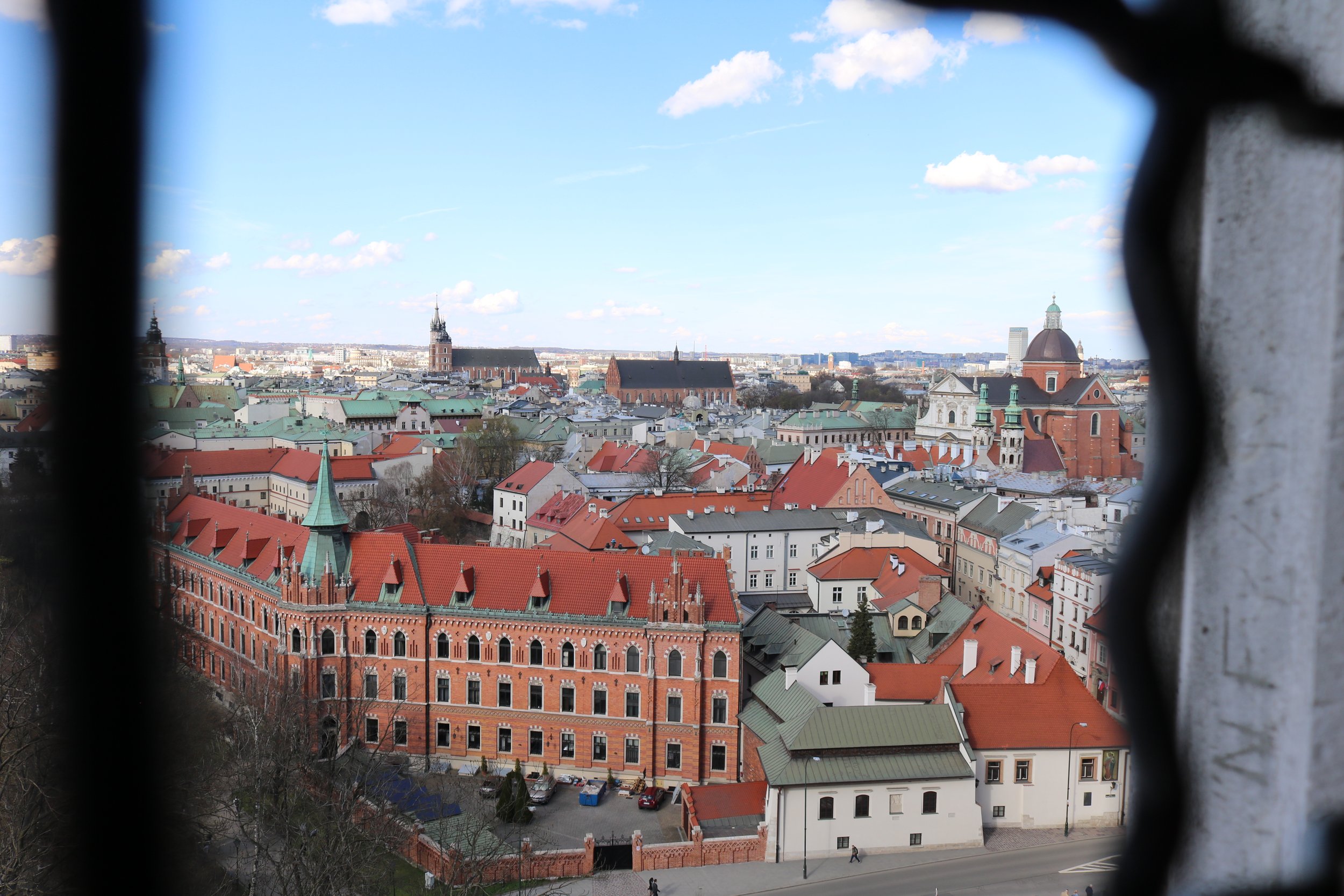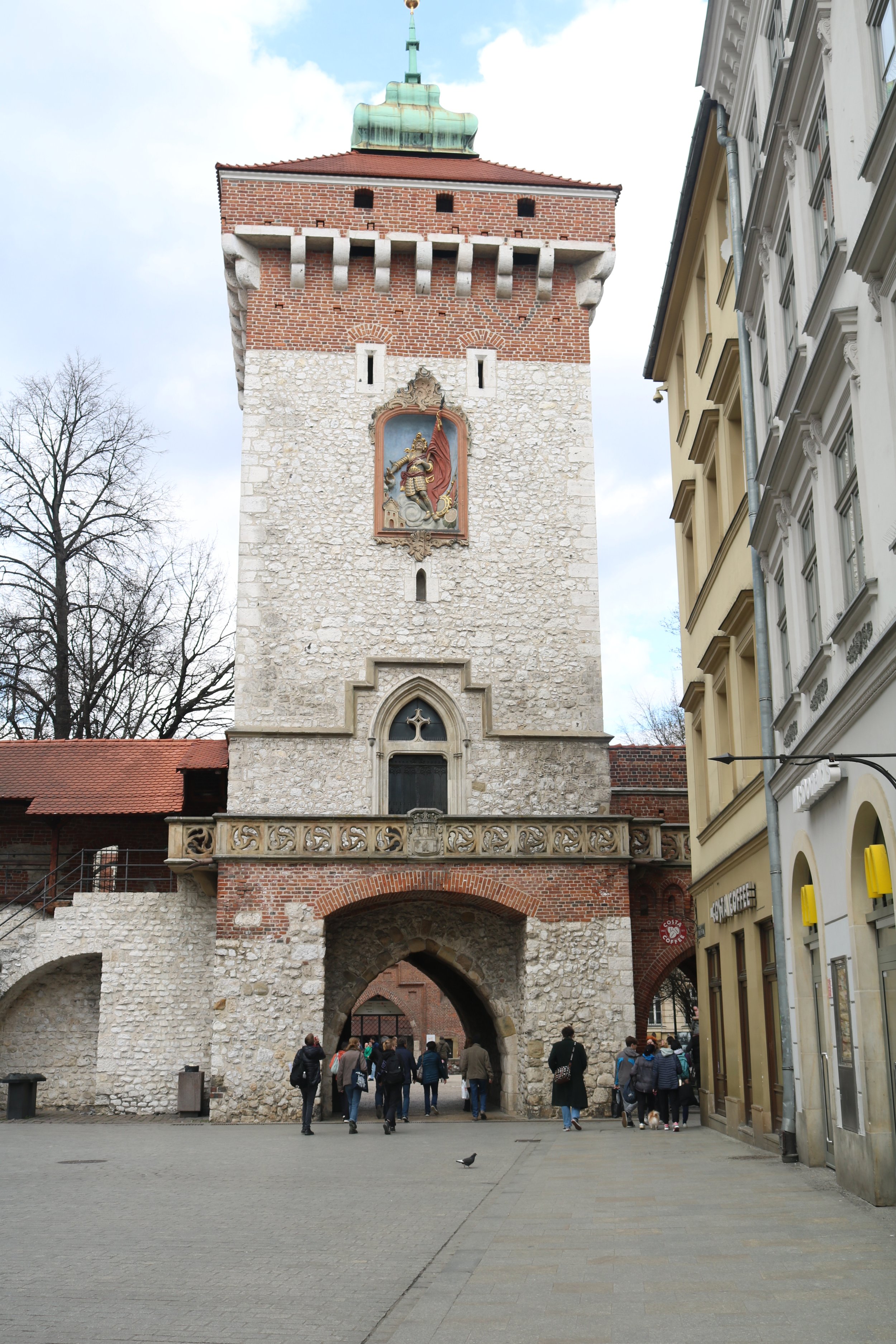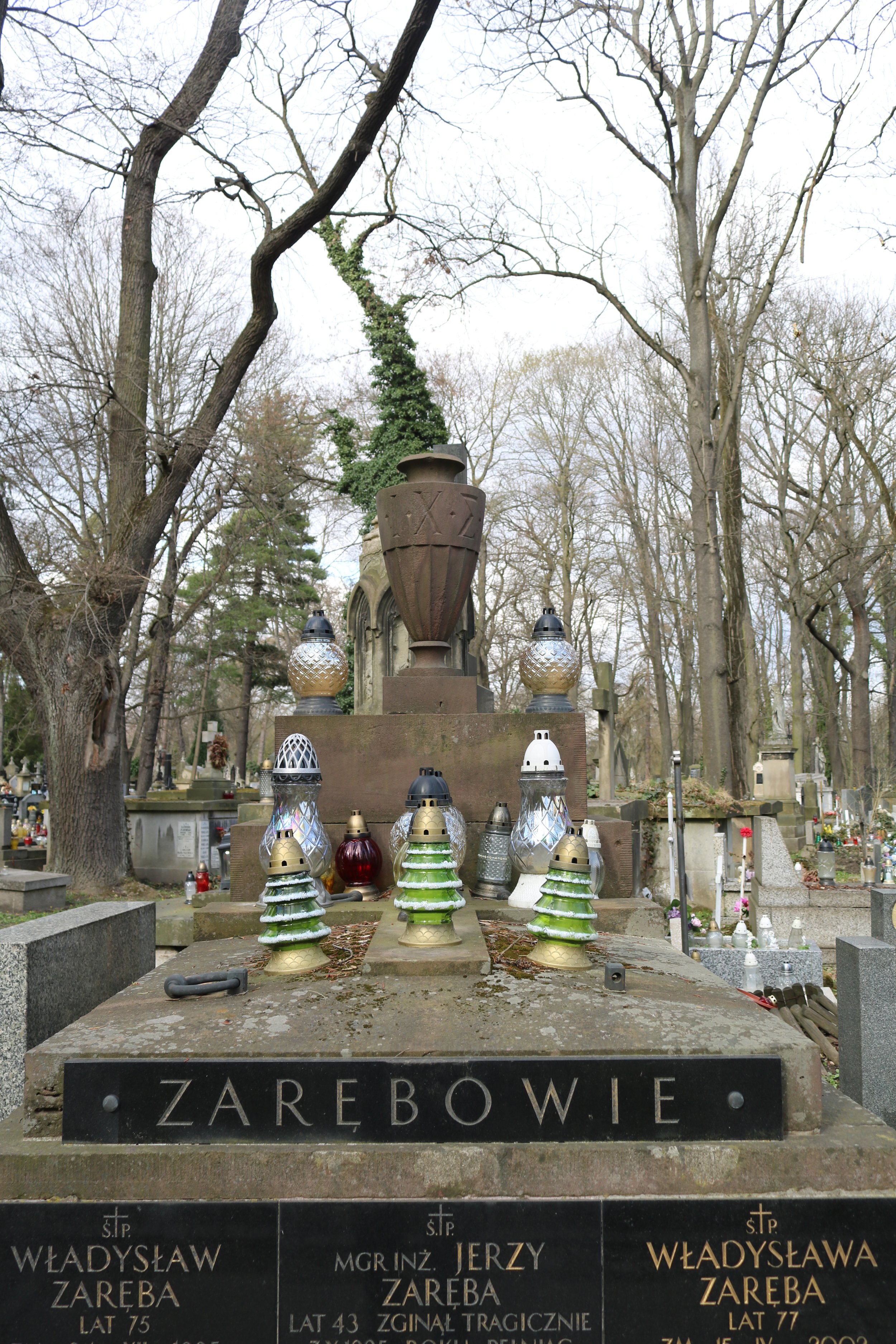Day 5 - Bye bye Krakow
Woke up in my lovely hotel room for the last time.
I quickly packed my case, went for breakfast and then set off for a walk of Planty. Planty is the old moat that surrounded the old town walls but is now a wonderful labyrinth of paths and greenery. This morning it was busy with dog walkers and runners enjoying the sunshine.
After about 20 minutes of walking, I saw a sign for Kościuszko Mound. Remember the mounds? As today wasn’t particularly windy, I thought I’d try a different mound. This one had looked more impressive in pictures, but was further out of the city. Google maps estimated it was a 50 minute walk, so I decided to give it a go. It was a beautiful walk through a huge park, and if it was 50 minutes, it didn’t feel that way.
This mound required an entry ticket, so I had hopes of a hand rail. Nope. It did have a museum but all in Polish, so I whizzed through that. This mound was much steeper so there was a bank of the mound always at your side as you wound up it, but the edges were a sheer drop. I got to the top, and there was a handrail there, and I marvelled at the distance I could see. I wasn’t sticking around and soon made my way back down.
Once at the bottom I decided to give my legs a rest and get the tram back to the old town. I bought a ticket from the machine at the stop and waited for Tram 2. This stop was the end and start of the line, so I got on the tram and waited for it to leave. It was very easy to find out how to buy the ticket and which stop I needed and within 11 minutes I was back at the Barbican - the edge of the Florian Gate.
Before I picked up my bags and checked out of the hotel I thought I’d pop into the station and buy my ticket to the airport. It was so busy. Then I realised - the people here are Ukrainian refugees. They were being directed by volunteers in hi-vis jackets to different areas to receive help. There were some women, all well dressed, with suitcases, and kids and dogs and cats. I looked into one open door and there were rows and rows of camping beds. It made me so upset. I had been blissfully forgetting what people were going through and here it was in front of my very eyes. Mind you, if I was a refugee, I’d be glad to arrive in Krakow where the people are so keen to help. Outside of the station there’s a huge marquee with a kitchen to get hot food.
I have absolutely loved Krakow. Everything has been just perfect. The food is wonderful, the streets are clean and green, the people are nice, the architecture is stunning, the history is interesting. I think it may actually be one of my favourite European cities now.
If you are wondering if you should visit - I say DO IT!
I have walked a total of 120.798 steps, which is a lot of walking. I could have probably caught a tram to some of the places, but the streets are so lovely, that walking was just the best way to absorb it all.
Krakow is also incredibly cheap for UK visitors. To give you an idea, a tram ride costs £1.00 for a 60 minute journey, an ice cream is around £1.00 and a two course meal in a mid price restaurant with a glass of wine costs around £23.00 per head. Most museums charge around £3.00 to get in.
I will come back here for sure - and it has given me a real interest in exploring Poland. Thank you for following along!

















